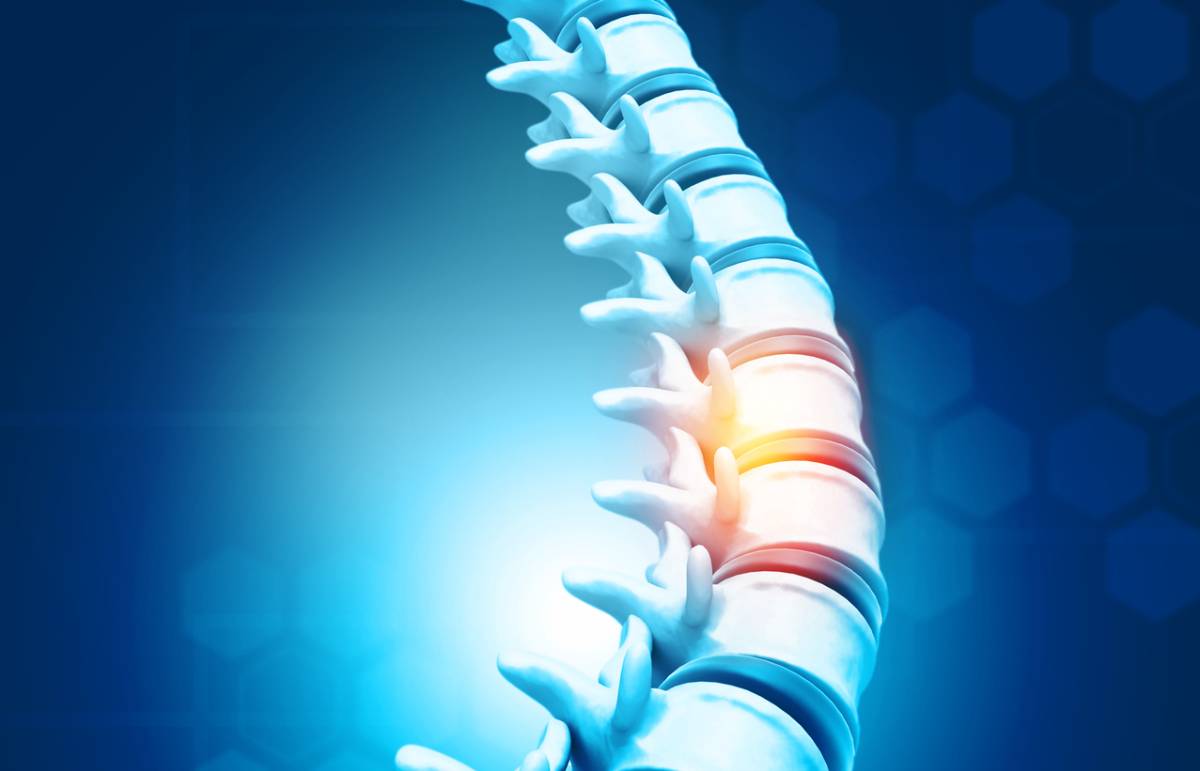Degenerative disc disease is a medical condition in which the discs that separate your vertebrae become too thin to provide the proper cushion for the different bones of your spine. Patients whose spinal discs have only begun to degenerate are unlikely to experience symptoms, but the condition does generally worsen over time resulting in increased levels of pain. Fortunately, there are stretches and exercises you can do to prevent spinal discs from worsening before your surgery.
What Causes Degenerative Disc Disease?
Degenerative disc disease is often a simple result of aging. The discs rely on a high moisture level to provide the cushion needed to absorb the shock of daily activities. As we age, we lose a considerable amount of moisture in our bodies, including in the spinal discs. The loss of moisture results in thinner discs that cannot keep the vertebrae separate when your spine is put under pressure.
In addition to aging, you may experience degenerative disc disease as a result of an injury or regular, strenuous physical activity. In these cases you’re likely to see degenerative disc disease become symptomatic at an earlier age. By sixty, practically everyone has some degree of degeneration.
Prevent Spinal Discs from Worsening Before Surgery
You should meet with spine surgeon Dr. Yashar in Beverly Hills once you start having consistent back pain. Other warning signs may include:
- Unexpected numbness in one or more of your extremities
- A pins and needles sensation that seems to occur without a loss of blood circulation
- Unexpected weakness in the extremities
- Muscle spasms
All of these are neurological symptoms that could indicate pressure is being applied to the spinal cord. The good news is that once Dr. Yashar has made a medical diagnosis, surgery is still likely a long way off. Many degenerative spinal conditions can be managed with medication, stretching, and exercise. You may eventually require a spinal disc replacement, but surgery is generally considered a last resort.
Preventing Further Degeneration
It isn’t always possible to stop degenerative disc disease, but you can certainly slow its progress by improving your posture, performing targeted stretches, and exercising regularly.
- Improving Posture: To help improve your standard posture, many experts suggest enrolling in yoga or a dance class. During these activities, you can rely on someone to make sure you’re holding proper form, providing the support your spine needs.
Active Prevention
In addition to choosing a posture-focused activity, you should review your seated/standing posture during everyday activities. Elevating your computer to match your natural line of sight and sitting with both feet squarely on the floor with a straight back will reduce daily strain.
- Performing Targeted Stretches: Physical therapy is an important part of helping to alleviate the symptoms of degenerative disc disease. During these sessions, your therapist will guide you through a series of stretches designed to take pressure off your spine while increasing blood flow. Common stretches used include a basic hamstring stretch, the cat stretch, back extensions, and a knee-to-chest stretch.
- Exercising Regularly: It can be difficult to exercise when you’re experiencing back pain, but the medications provided by your doctor can help to reduce that burden. To give your treatment the best chance of success, it’s important to exercise regularly without over-doing it. Discuss your exercise plans with your neurologist if you’re concerned you may be erring on one side or the other.
General Tips
In general, you’ll want to aim for exercises that strengthen your upper legs, core, and back. Building up the muscle mass in these areas will give your body more physical support, reducing strain on the spine. In addition, your doctor may suggest a brisk daily walk to maintain cardiovascular health and proper blood flow.


